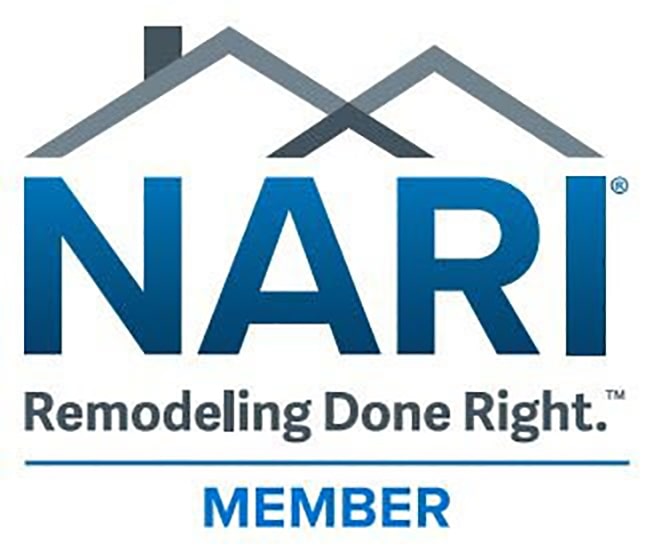With millions of baby boomers reaching and breaching retirement age, concerns of healthcare, safety, and longevity permeate many conversations between couples and families living in a home that’s been in the family for decades. Over time, the home becomes a lifeline between family members where the kids and grandkids can come home to be with everyone to celebrate.
However, the natural process of aging does throw some roadblocks in the way of living safely at home instead of living in an assisted care facility. No matter whether a family can afford a high-quality assisted living facility, just about everyone would rather live at home in his or her twilight years rather than in a nursing home or assisted care facility.
Recent Technology to Help Seniors
In recent news articles published by Aging in Place Technology, many new entries into the market feature assistance for caregivers and children who need to take care of elderly adults. One interesting option features a service that helps family keep an eye on a family member who might be living alone at home.
The mobile-enabled device lets caregivers know if the stove was left on or if the resident has left their home or taken medications. How many stories have recently been published about elderly citizens leaving their homes and getting lost? One recent story featured a 92-year-old WWII veteran who disappeared from his home in New York and somehow ended up in Las Vegas!
Considerations for Aging in Place
Through the CAPS (Certified Aging in Place Specialist) program from the National Association of Home Builders (NAHB), there are several ways to make physical changes in the home to improve safety, as well as design decisions that reduce potential hazards for the elderly.
NAHB offers several recommendations for coming up with a design plan to improve safety in the home.
For example, one of the major changes that should be made (and which doesn’t cost a penny) is rearranging furniture and pathways in the home to reduce obstacles that could cause a fall. As you may be aware, falls among older adults are exceptionally common, according to the Centers for Disease Control and Prevention (CDC).
Another change is looking at all of the flooring in the home. Are there area rugs that have tassels that might cause a trip or fall? Do the rugs slip and slide across the floors when stepped on? Are certain floors in the home slippery and best covered with wall-to-wall carpet? Answering these questions will help you figure out what changes must be made to create a haven in the home.
Obtaining Funding for Aging in Place
Whether you’re looking to make radical changes to the home or are simply interested in some conveniences that will help someone with limited mobility keep safe, there are several projects to accommodate different budgets, as well as organizations that help provide assistance.
The following organizations offer further information on Aging in Place:
- The American Association of Homes and Services for the Aging
- The National Aging in Place Council
- The Aging in Place Initiative
- The Robert Wood Johnson Foundation
- The International City Management Association
Do You Want to Work with a Certified Aging in Place Specialist?
Are you worried about an elderly loved one living alone? Do you want to make changes to improve the mobility options within your home? Contact Gettum Associates for a Consultation or give us a call at 1-317-888-5681.














